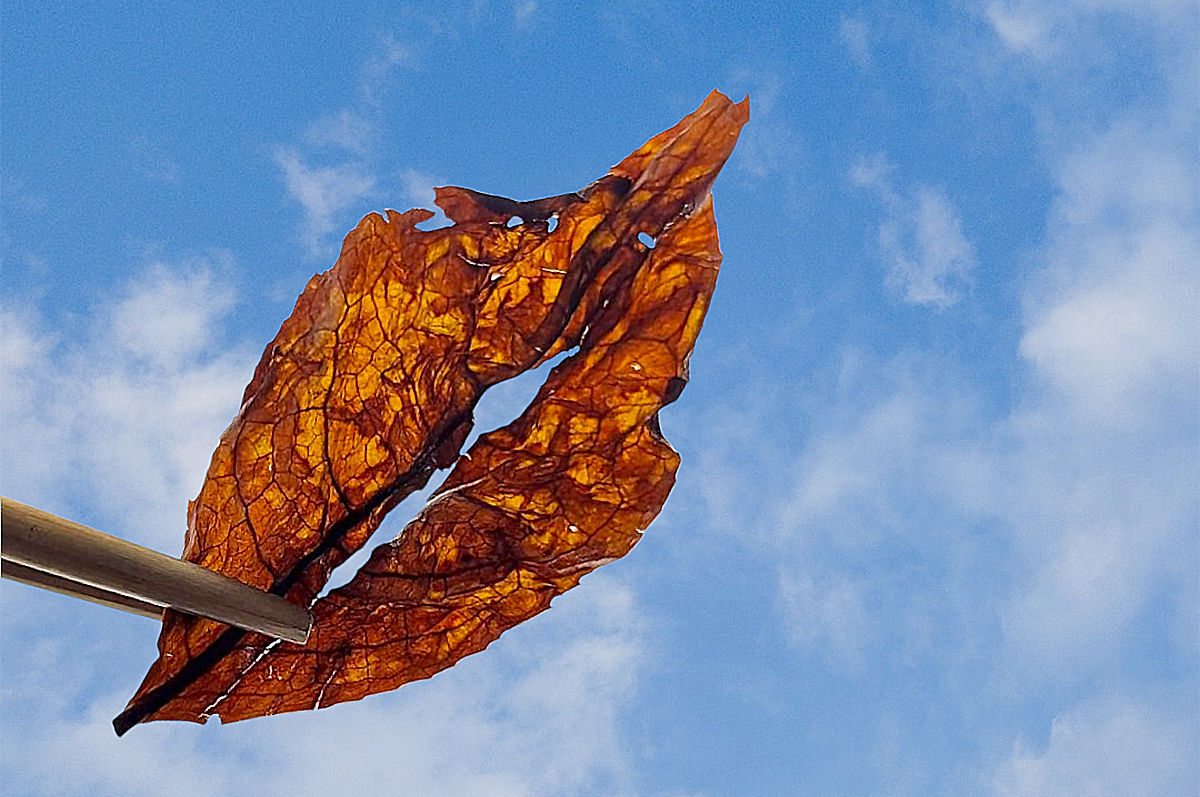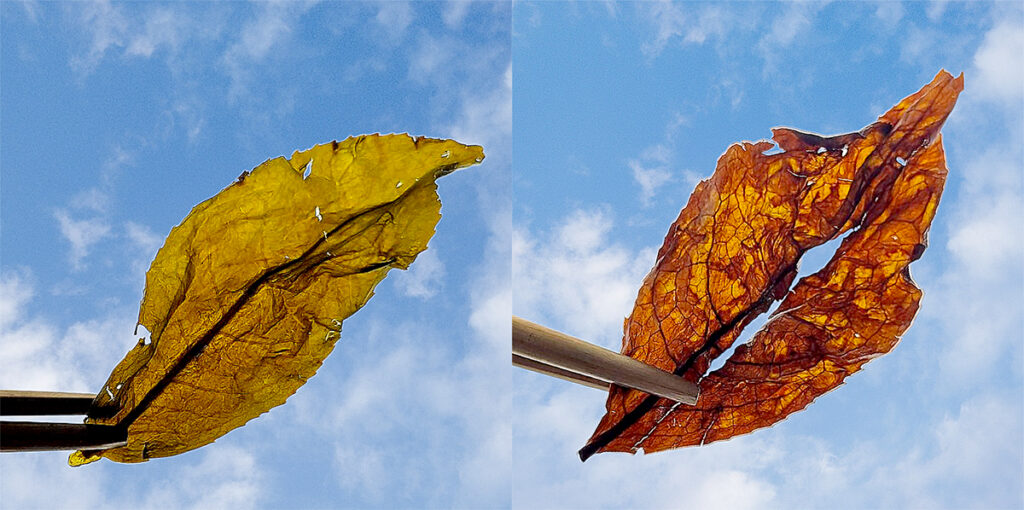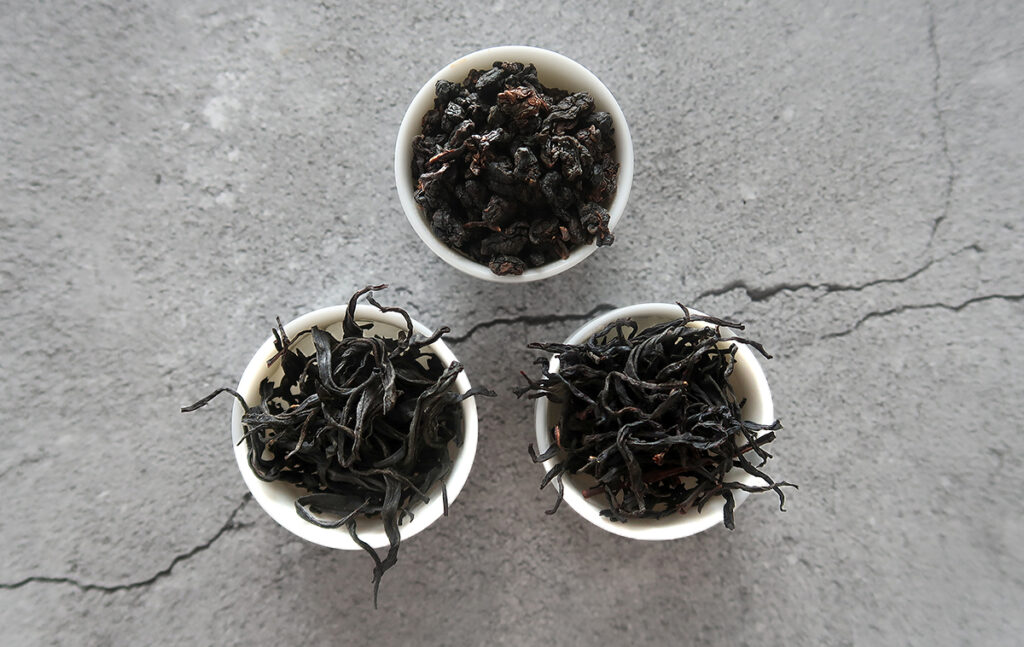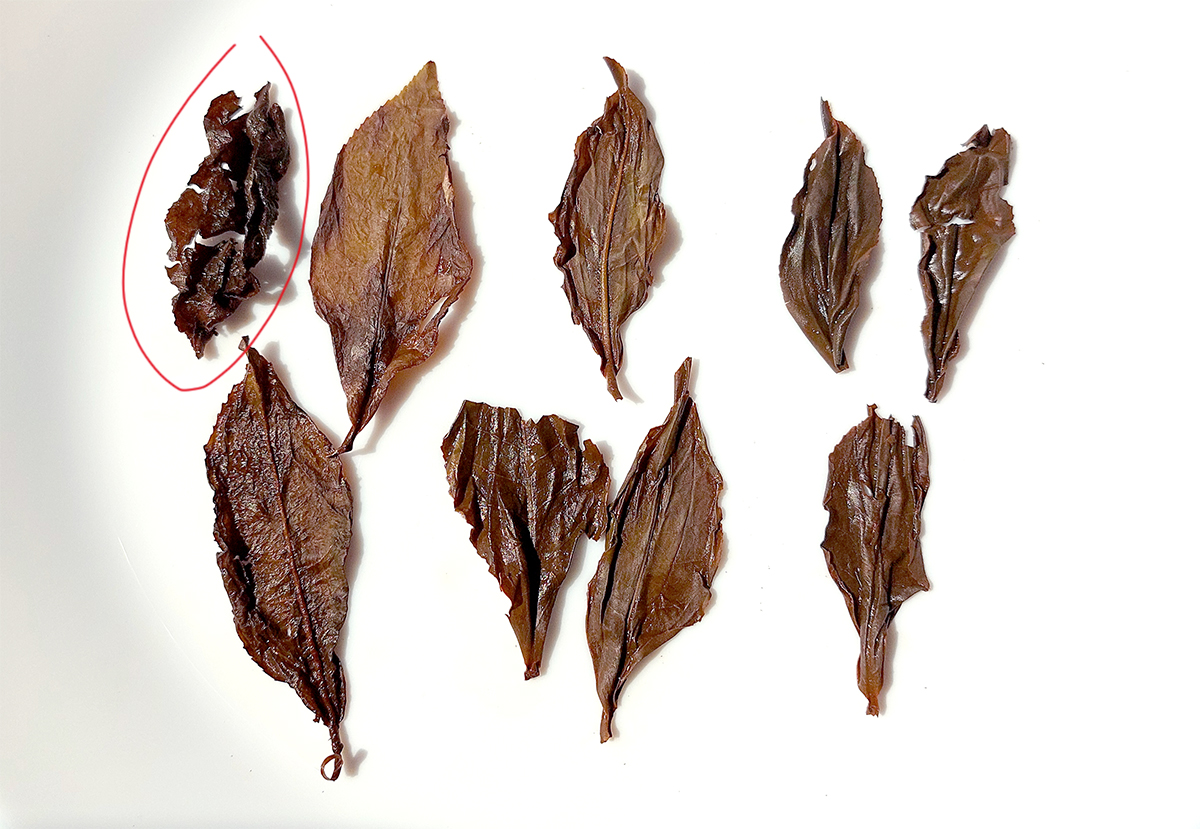3 Famous Taiwanese Black Teas Tasting Review: A Detailed Comparison of Red Charm No. 21, Red Ruby & Jin Xuan Black Tea
- Tea Reviews - Black / Red Teas
- May 7, 2025

Taiwan’s high mountain terroir, innovative cultivars, and skilled craftsmanship make it a hidden gem for black tea lovers. In this tasting, we explore three exceptional Taiwanese black teas – each with unique aromas, mouthfeels, and stories.
Tracing the Roots of Black Tea
Black tea originated in 桐木村 (Tóngmù Cūn), a village in Fujian province, China, at the end of the Ming dynasty and the beginning of the Qing dynasty (circa mid-1600s). This marked the birth 正山小种, or what is now known as Lapsang Souchong, considered the first black tea.
In Taiwan, black tea production began in 1899 under Japanese rule, but it wasn’t until 1924 that it saw significant success. This came after the introduction of large-leaf tea varieties (Camellia assamica) from India (Jaipuri and Manipuri varieties) and Nepal (Kyang variety). These were planted in Sun Moon Lake (日月潭, Rì Yuè Tán) and Puli (埔里, Bù Lǐ) in Nantou County (南投县, Nán Tóu Xiàn). They were crossbred with local wild tea trees to develop hybrid varieties suited to Taiwan’s climate and terrain.
The key stages in making black tea include:
- 萎凋 (wěi diāo) – Withering: Fresh leaves are sun-wilted to reduce moisture and soften the leaves.
- 揉捻 (róu niǎn) – Rolling: The leaves are rolled (by hand or machine), breaking down cell walls and releasing enzymes and juices that will drive oxidation.
- 发酵 (fā xiào) – Oxidation (literally “fermentation”): The most defining stage. Leaves are left to oxidize for several hours, during which chlorophyll breaks down, and tannins and other compounds transform, turning the leaves reddish-brown and developing floral, fruity, or malty aromas.
- 朝燥 (cháo zào) – Drying: This is the final step that halts oxidation and stabilizes the product:
First drying stage: Leaves are heated to 115°C for 12–16 minutes, reducing moisture content to around 20%
Second drying stage: Temperature is lowered to 90°C for another 12–16 minutes, reducing moisture to 4–5%, making the tea shelf-stable and ready for storage or packaging.

from left: green tea leaf; black tea leaf in natural light, black tea leaf with backlighting
Discover Three Unique Black Teas from Taiwan
| Cultivar | Common Name | Introduced | Parentage | Leaf Type | Growing Region | Flavor Profile |
| 台12 (Tái 12) | 金萱 (Jīn Xuān) or High Mountain black tea | 1981 | Jaipuri (India) × 硬枝红心 (Yìng zhī hóng xīn) | Large leaf | 阿里山 (Ā Lǐ Shān) | Roasted, sweet & mellow, buttery |
| 台18 (Tái 18) | 红玉 (Hóng Yù) or Red Ruby | 1999 | Assam (Myanmar) × Taiwan wild tea tree | Large leaf | 日月潭 (Rì Yuè Tán / Sun Moon Lake) | Sweet corn, mint |
| 台21 (Tái 21) | 红韵 (Hóng Yùn) or Red Charm | 2008 | Kyang (Nepal) × 祁门 (Qímén, China) | Large leaf | 日月潭 (Rì Yuè Tán / Sun Moon Lake) | Ripe fruits, nutty |

Photo of Dry leaves – clockwise from left: Red charm, High Mountain black tea, Red ruby,
During oxidation, tea leaves naturally become dry and stiff, which is why most black teas—such as Red Ruby, Red Charm, Darjeeling, and Ceylon—typically have a striped shape. However, black tea can also be rolled into ball shapes, similar to 铁观音 (Tiě Guān Yīn) by including an additional rolling step in the processing. The shape of High Mountain Black Tea is an exception to the norm; it is specifically designed to facilitate transportation by allowing for more compact packing.
Brewing Methods
Each tea sample was prepared using four distinct brewing variations:
| Variation | Description |
| 1. Hot Brew (Standard) | 1.5g tea in 100ml boiling water. 1st brew: 4 minutes; 2nd brew: 6 minutes. |
| 2. Hot Brew (Concentrated) | 1.5g tea in 50ml boiling water. 1st brew: 4 minutes; 2nd brew: 6 minutes. |
| 3. Milk Tea | 4g tea in 100ml boiling water, steeped for 10 minutes. Strain leaves, then add ½ tsp brown sugar and 1 tbsp milk. |
| 4. Cold Brew | 3g tea in 100ml room-temperature water, refrigerated for 48 hours. |
High Mountain black tea – Tasting Notes & Brewing Recommendations
Flavor Profile:
High Mountain black teaoffers a unique balance—sweet and light-bodied, yet savoury and deep. While this may sound contradictory, it reflects the tea’s complexity. It is notably smooth, with no astringency or bitterness.
Hot Brew:
- If you prefer hot brewing, Variation 2 (1.5–2g in 50ml boiling water) is recommended.
- Use a clay teapot instead of porcelain or glass, as it retains heat longer and helps extract more depth from this otherwise lightly flavored tea.
- Despite the dry leaves’ intense fragrance, the brewed tea is lighter than expected, making heat retention crucial for unlocking its full character.
Milk Tea (Variation 3):
- High Mountain black teais exceptional with milk.
- This variation enhances the tea’s sweet, floral qualities and creates a harmonious blend with the milk—the best choice for milk tea lovers.
Cold Brew (Variation 4):
- High Mountain black teatruly shines when cold brewed.
- The result is a tea reminiscent of roses and lychees, with a light-medium body and hints of nuttiness and jasmine.
- The floral aftertaste lingers, making it refreshing and aromatic.
- Can be re-brewed with 100ml water and refrigerated for another 24 hours
Recommendation:
🌿 Best Brewing Methods: Variation 3 (Milk Tea) & Variation 4 (Cold Brew)
Red Ruby – Tasting Notes & Brewing Recommendations
Flavor Profile:
Red ruby is bright and fresh with a smooth, non-bitter taste. What sets it apart is its “cool” sensation, which gives the impression of drinking peppermint tea, especially as it cools to room temperature. Top note fragrance of sweet corn and barley, a hint of fresh cut grass undertones.
Hot Brew:
- Variation 1: Bright and fresh, camphor-like, eucalyptus notes. When cooled, it delivers a cool, refreshing peppermint-like sensation. By the third infusion, the flavor shifts to sweet oats with a touch of astringency.
- Variation 2: Rounder and smoother body compared to Variation 1.The sweetness of corn and barley balances the camphor-like notes,creating a well-integrated profile.
Cold Brew (Variation 4):
- Enhanced complexity with ripe fruit flavors like apricot, along with a lingering coolness.
- Can be re-brewed with 100ml water and refrigerated for another 24 hours.
Recommendation:
🌿 Best Brewing Methods: Variations 1, 2 (Hot Brew) & Variation 4 (Cold Brew)
Red Charm – Tasting Notes & Brewing Recommendations
Flavor Profile:
Red Charm offers a balanced taste of fruits and savoury notes with hints of roasted nuts.
Hot Brew:
- Variation 1: Medium body, hints of chocolate.
- Variation 2: For a deeper savoury/umami profile, highlighted by a sweet and tangy aftertaste, use Variation 2. This tea contains L-glutamic acid and L-theanine, compounds known for their umami and calming effects.
- To reduce tannin extraction, especially for those sensitive to the dryness often associated with black teas, it is best to use a porcelain or glass teapot instead of clay.
Milk Tea (Variation 3):
- Sweet, floral milk flavor with cardamom and spice notes, ideal for a masala-inspired tea.
Recommendation:
🌿 Best Brewing Methods: Variation 1, 2 (Hot Brew) & Variation 3 (Milk Tea)
This variety is traditionally used for its health benefits, particularly in lowering cholesterol and alleviating a bloated stomach.

Photo of brewed leaves – a portion of High Mountain Black tea leaves appears tattered (in red circle). This is a result from the rolling process and moisture loss during fermentation. Tattered leaves are not necessarily a sign of poor quality but rather a byproduct of the physical stresses placed on the leaves during production.
Black Tea, Red Tea, and Dark Tea – What’s the Difference?
While exploring black tea, you may have wondered about the difference between black tea, red tea, and dark tea. The distinction lies primarily in naming conventions and fermentation processes.
Black Tea vs. Red Tea:
These terms refer to the same type of tea – one that is fully oxidized. The difference is cultural:
- In Western (especially British) tradition, the term black tea is based on the color of the dry leaves, which are typically dark brown to black.
- In Chinese tradition, tea is named according to the color of the brewed liquor, which is usually reddish, hence the term 红茶 (hóng chá) or red tea.
Dark Tea (黑茶 hēi chá):
Dark tea is a separate category from black/red tea. It is post-fermented, meaning it undergoes microbial fermentation after the initial processing:
- In regions such as Yunnan, Hunan, and Guangdong, fresh leaves are first processed into green tea, then piled, moistened, and covered, initiating a natural fermentation driven by ambient microorganisms, humidity, and heat.
- Over time, this process transforms the leaves into a darker color and develops a rich, earthy flavor.
- The brewed liquor is deep and dark, which is why it is called dark tea in Chinese.
In summary:
- Red/Black Tea = Fully oxidized
- Dark Tea = Microbially fermentation of green tea

* Photo featuring both black tea and dark tea—black tea (left) displays a clear, reddish-brown liquor (红茶) with the bottom of the cup visible, while dark tea (right) has a deep, opaque brown color that obscures the bottom.
Final Thoughts
Taiwan’s black teas reflect a beautiful blend of heritage, environment, and craftsmanship. From the buttery smoothness of High Mountain Black to the refreshing coolness of Red Ruby and the rich fruitiness of Red Charm, each cultivar offers a distinct experience. With versatile brewing methods to match any preference, these teas invite you to slow down and appreciate the subtle complexity in every sip.
